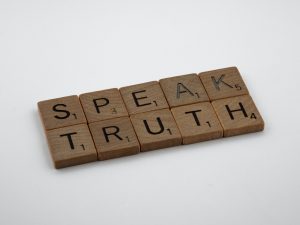11 Author Bias
A large majority of sources exhibit some bias, simply because it’s impossible for their authors to avoid letting their life experience and education have an effect on their decisions about what is relevant to put on the site and what to say about it.

That kind of unavoidable bias is very different than what is known as author bias. Author bias is an outright effort to shape the information presented on a site (or other sources) into a persuasive advertisement for something important to the author. Authors can find many ways to do this such as:
- Pretending to present facts while only offering opinions
- Presenting information that is one-sided
- Using words that can cause a negative or positive response
The examples above can cause a source to lose its integrity because the author would be sacrificing the value of the information in order to persuade readers to view things as the author does.
Sources
This section includes material from the source chapter, “Degree of Bias” by Teaching & Learning, Ohio State University Libraries, found in Choosing and Using Sources: A Guide to Academic Research, licensed as CC-BY 4.0, as well as the following:
Image: “brown wooden blocks on white table” by Brett Jordan under free to use Unsplash License
Being in favor of or against one thing, person, or group, usually in a way that is unfair to the opposing viewpoint.
An outright effort to shape the information presented into a persuasive advertisement in favor of the author's views.

